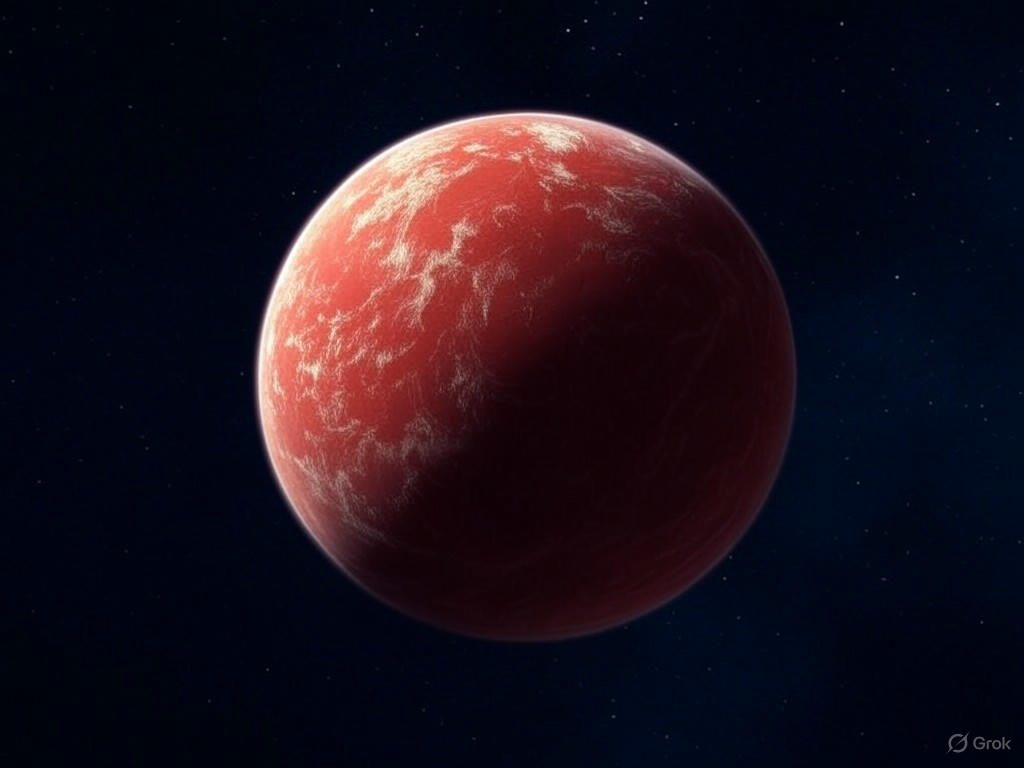A Cosmic Clue: Rare Molecule Discovered in Infant Planetary System
In a groundbreaking discovery that could reshape our understanding of life’s beginnings, astronomers have detected a rare molecule in a fledgling planetary system millions of light-years away. This finding, made using cutting-edge telescopic technology, offers a tantalizing glimpse into the chemical building blocks that may have sparked life on Earth billions of years ago. The molecule, identified in a swirling disk of gas and dust surrounding a young star, is believed to play a critical role in the formation of organic compounds—the very foundation of life as we know it.
The discovery was made while scientists observed a star system still in its infancy, a chaotic nursery of planets taking shape amidst clouds of cosmic debris. This particular system, located in a distant corner of our galaxy, mirrors the early conditions of our own solar system. What caught the researchers’ attention was the presence of a complex molecule that is rarely seen in such environments. Its structure suggests it could act as a precursor to amino acids, the essential components of proteins that form the basis of living organisms. This raises profound questions: Could this molecule be a universal ingredient in the recipe for life, scattered across the cosmos?
Delving deeper, scientists are now analyzing how this molecule interacts with other elements in the young system. They hypothesize that under the right conditions—such as exposure to stellar radiation or collisions with other particles—it could trigger a cascade of reactions leading to more intricate organic structures. This process might parallel the chemical evolution that unfolded on primordial Earth, where simple molecules in ancient oceans gradually assembled into the first living cells. By studying this distant system, researchers hope to uncover clues about the environmental factors that made life possible here and potentially elsewhere in the universe.
The implications of this find extend far beyond a single star system. It suggests that the raw materials for life might be more common than previously thought, embedded in the very fabric of forming worlds. As telescopes grow more powerful and data collection becomes more precise, astronomers anticipate discovering similar molecules in other nascent systems. Each observation adds a piece to the puzzle of how life emerges from the chaos of cosmic creation, bringing us closer to answering one of humanity’s oldest questions: Are we alone?
This remarkable discovery serves as a reminder of the universe’s vast potential. While the molecule itself is not life, its presence in a newborn planetary system ignites hope that the conditions for life may be woven into the cosmos on a grand scale. As scientists continue to explore these distant realms, they are not just studying stars and planets—they are tracing the origins of existence itself. With every new finding, we edge closer to understanding our place in the cosmic story, a narrative that began long before Earth and may extend far beyond it.


